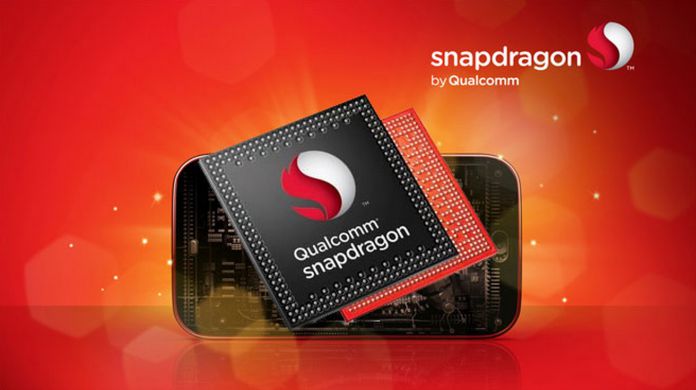The chip maker has now provided more details, including a release period for the Windows 10 ARM devices. In the latest investor call, CEO Steve Mollenkopf stated: “Our Snapdragon 835 is expanding into Mobile PC designs running Windows 10, which are scheduled to launch in the fourth calendar quarter this year.” That may be a little later than some were hoping for, but it means we should get some polished devices.
Cellular PCs
The concept of a “mobile PC” is somewhat new and may leave some consumers confused. Microsoft and Qualcomm have been discussing a hybrid of laptops and phones. An ARM processor would greatly increase battery life, while also coming with constant cellular connectivity. That makes them an ideal pick for those who travel often, but there are a few concerns with ARM. Firstly, manufacturers seem hesitant after the failure of Windows RT. We’ve yet to see any major producer announce official support. Though a leak suggests Acer’s Chromebook R13 may support Windows 10 on ARM, it could just be a mistake. Another is performance. Microsoft has shown off Photoshop with ARM already, so we know that it works pretty well with x86 apps. However, because that functionality is being emulated, it’s hard to say how well intensive applications will run. That said, we do know of one device that’s in the work. The Ultra-Mobile PC (UMPC) is an ongoing Indiegogo campaign from Khiron-Sigma, a company founded by a former Microsoft employee. It promises a Quad HD screen, 8 GB RAM, and, naturally, the Snapdragon 835 processor. That hardware can apparently last for twelve hours of usage, which is very impressive. It will also retail at $750, which is not so desirable. However, it’s worth noting that the implications of such a device would change the way people use PCs. It would let users plug their phone into a monitor rather than needing a separate tower. Somewhat like Continuum, but without the restrictions. While it’s clear the support is still in its early days, it will be very interesting to see which devices launch in Q4. Manufacturers could offer more affordable versions, and the idea definitely has merit.




